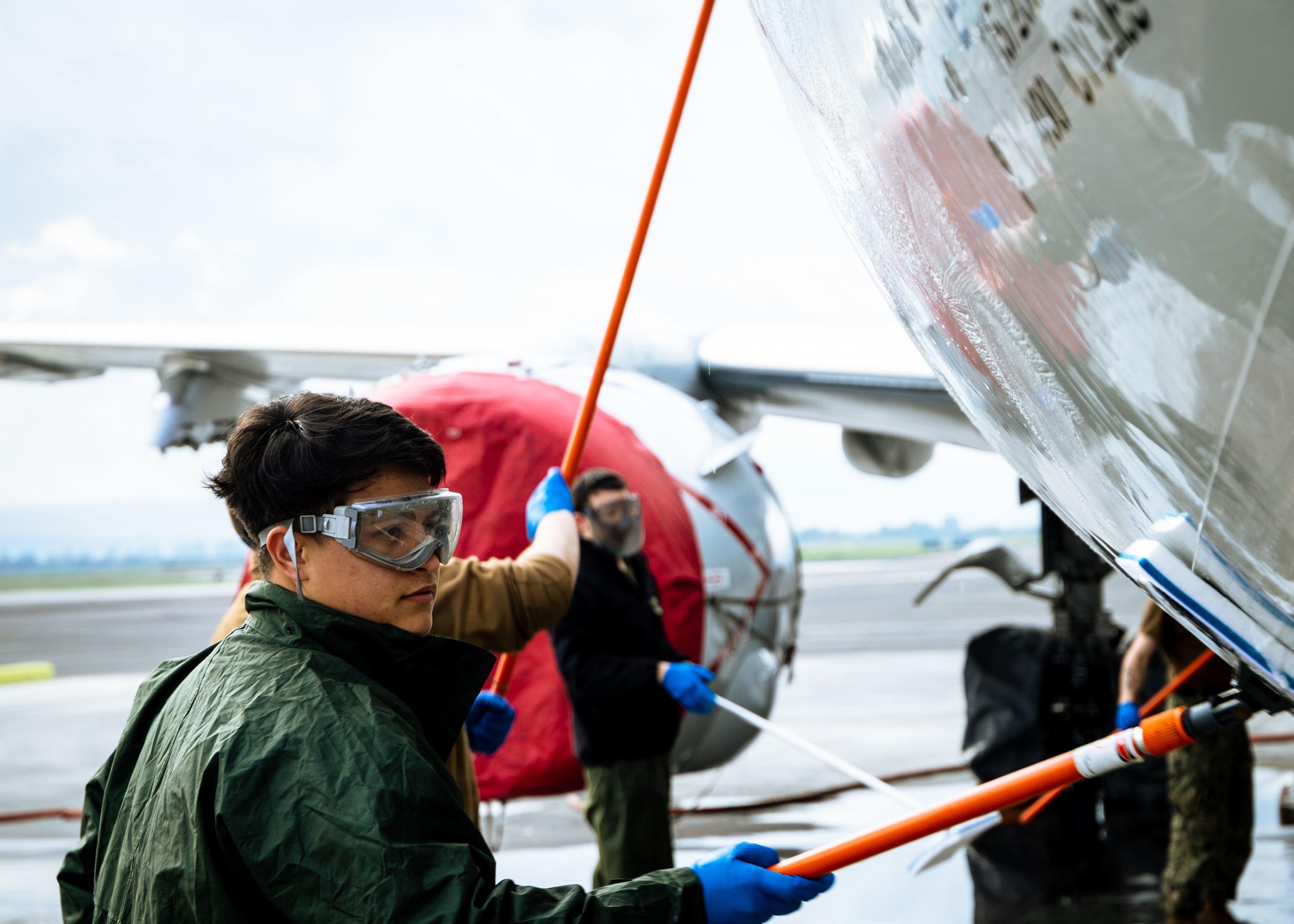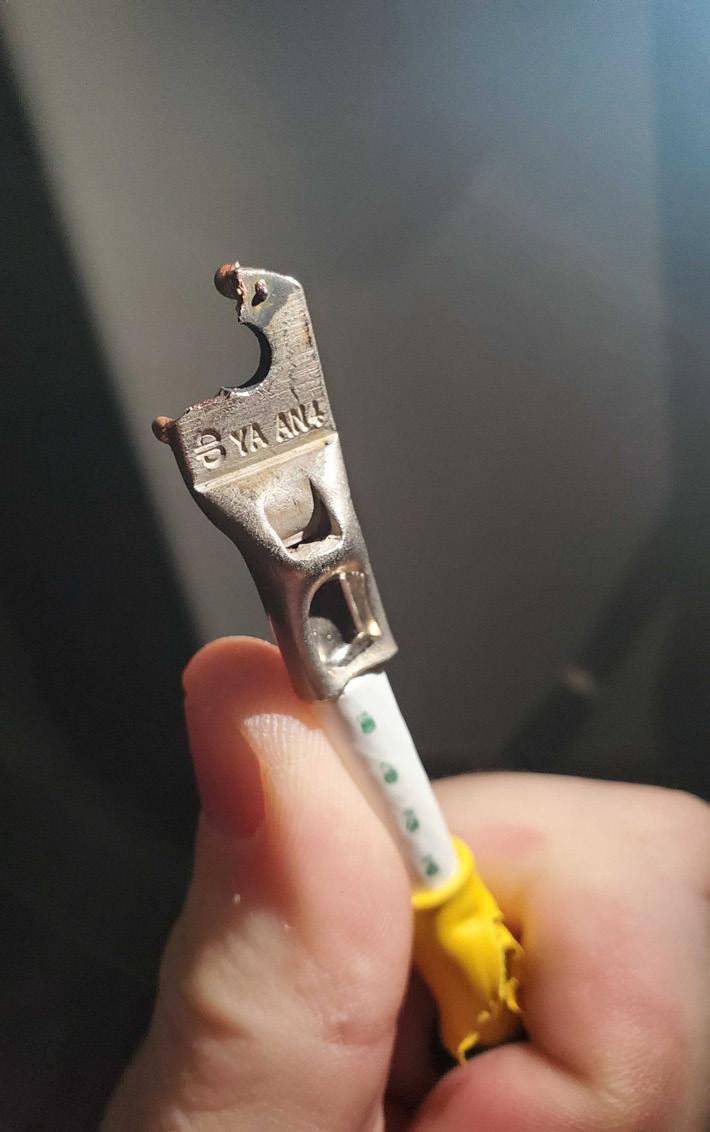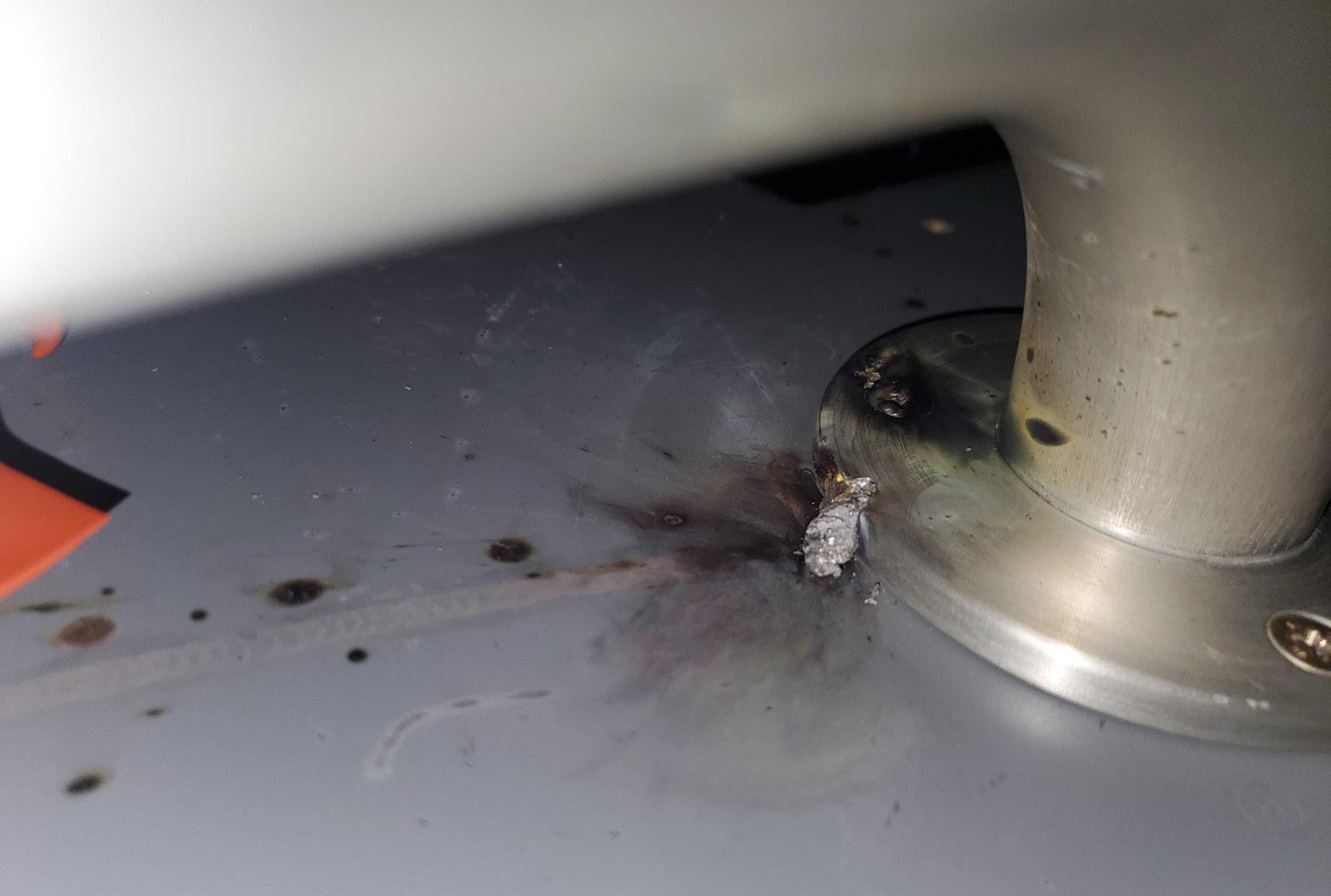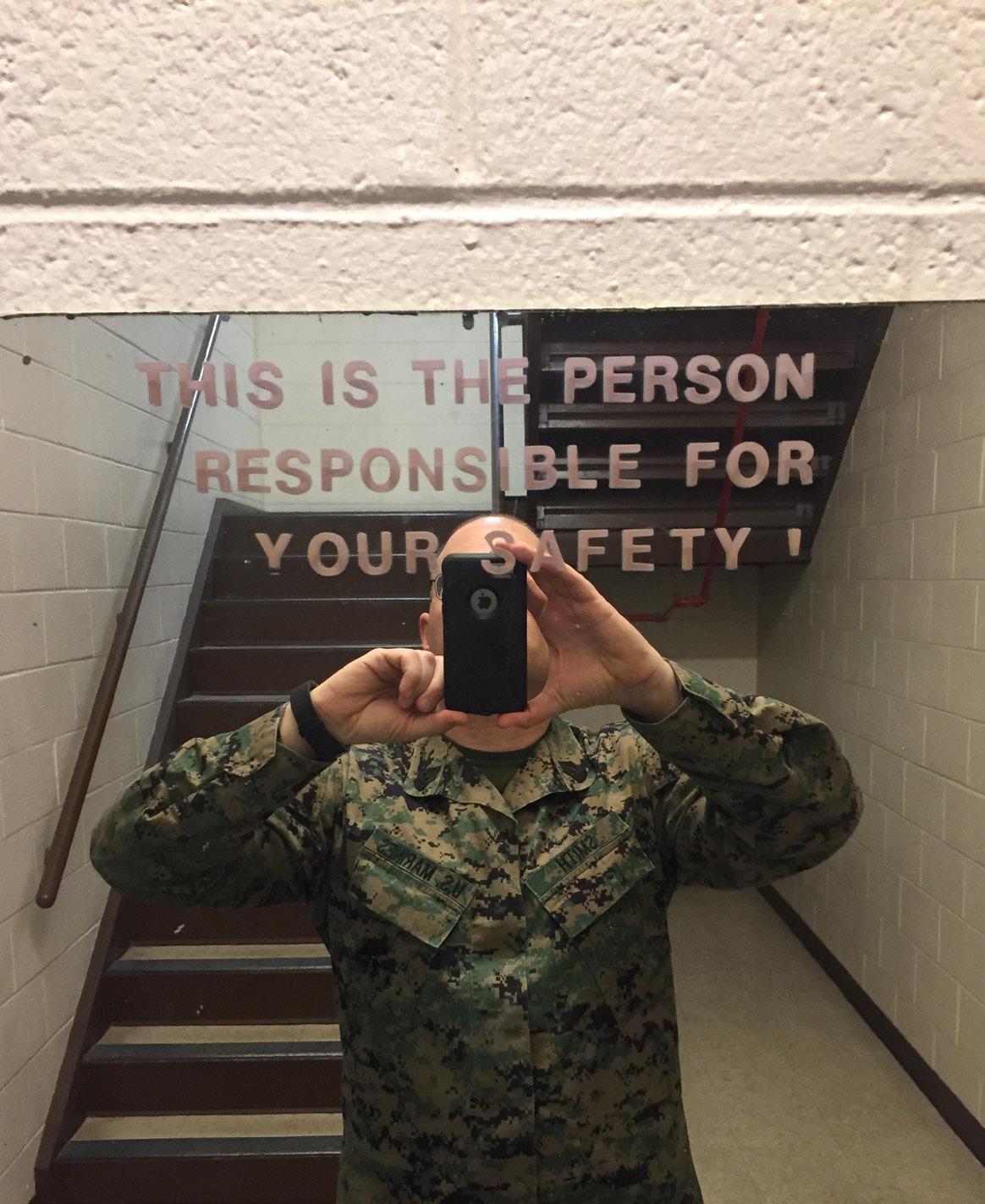
5 minute read
Rudimentary Routine
By Lt.j.g. Kevin Gable
Quite often, the word “routine” is used to describe activities done on a normal basis or in an everyday manner. These actions might be as simple as driving to work or answering the phone. In many occupations, the routine can seem mundane, completed at a subconscious level without the need for prior planning.
Advertisement
In aviation, however, there is never an instance in which “routine” describes any evolution. From the beginning of flight training, aviators are taught about the Swiss cheese model. This metaphor is used to describe a sequence of seemingly unrelated events, which if left uninterrupted, create an opportunity for a catastrophic occurrence. The following story, from a few days into a P-8A squadron deployment, highlights a series of events culminating in an incident that could have resulted in fatalities. At numerous points in this story, missteps could have been corrected if those involved had not treated this scenario as routine.
In December 2020, after a brief holiday reprieve, a maintenance team was busy wrapping up a scheduled inspection and implementation of a technical directive (TD) on a P-8A Poseidon, which required power to be applied on the aircraft. This maintenance action was a fairly simple task for a highly trained maintenance team with countless hours of experience removing and replacing parts. However, when an aviation electronics technician (AT) collateral duty inspector (CDI) became startled by the sparking of an intentionally loose wire on a 28 Vdc/100 amp circuit grounding on a nearby metal interior component, this scene strayed far from a simple maintenance action.

As with most maintenance evolutions, this effort required several representatives from various workcenters to complete the evolution. Two days before the arcing incident, Sailors from a different shift had removed the ordnance, intercom and circuit breaker panels on the aircraft and taped off and terminated all wires per published TD procedures. This part of the work order called for power leading to the panels to be secured by pulling the source 100 amp circuit breakers. The entire procedure was clearly specified per the governing maintenance publication. Here, the story takes a turn through a Swiss cheese hole because contrary to the published procedure, the 100 amp circuit breaker was not pulled.
The quality assurance investigation later revealed the aircraft maintainers who removed the equipment failed to secure power via the appropriate circuit breaker. Instead, they incorrectly attempted to secure power via electronic controls known as the solid state power controller based on an inaccurate interpretation of a wiring diagram and a lack of knowledge of the aircraft electrical system. Furthermore, a Portable Electronic Maintenance Aid (PEMA), which is a required item on all maintenance evolutions, was not checked out nor referenced while the ATs performed the procedures. Several CDIs from different workcenters were present on the aircraft or had been onboard throughout the entire operation. One of them went so far as to identify the potential hazard to the AT CDI who was performing the work for the TD.
The alternate workcenter CDI failed to assert himself and call for power to be removed the proper way. The following workday, a CDI from another shift performed work on the same circuit breaker panel, now with loose wires and aircraft power applied because other “routine” maintenance was still being conducted on the plane.
Reviewing the “In Processes” portion of the TD maintenance action form, which is effectively pass down notes from one shift to the next, the CDI assumed the proper procedures had been performed the previous day and the appropriate 100 amp circuit breaker had been pulled. Upon removing the wire tape, the AT momentarily let the wire go to move on to the next wire. However, upon touching bare metal, the untaped loose wire became a threat as fireworks ensued in the aircraft. Witnessing the event, an aviation electrician took action by swiftly securing power to the entire aircraft, thus preventing further damage and averting a potentially grave emergency. As with many procedures in aviation, one misstep can result in a catastrophic outcome. The chain of events that played out over these maintenance shifts contained several missteps, starting with the initial technician’s failure to follow procedures and culminating in the emergent need to cut aircraft power. The obvious indication of several procedural mistakes was the live sparking of the lead wires.
But why didn’t another CDI or shop supervisor notice a PEMA was not present? Why wasn’t the technician who handled the loose wire while power was still applied to the aircraft sufficiently questioned? Wouldn’t it have been easy to verify circuit breakers were properly pulled before resuming work or reapplying power? Any one of these actions could have easily disrupted alignment of the Swiss cheese holes and prevented this incident from occurring. Instead, a routine removal and reinstallation of electronic equipment became a near-fatal lesson for everyone. All too often, aviation lessons learned occur only after tragedy. The importance of using publications, checklists and proper personal protective equipment can be taken for granted, but these things are in place because of hard lessons learned by those who came before us.
Our story demonstrates if we become too familiar with a routine, we risk becoming complacent. In aviation, as in all things, complacency breeds lazy, undisciplined adherence to policy and procedures – especially if they are inconvenient. Without strict adherence to policy and procedures, we allow manageable and controllable risks to manifest into hazards with starkly negative consequences. As aviation professionals, we must always remain vigilant against complacency, use the appropriate equipment, read the publications and adhere to published procedures – no matter our level of experience or how simple the task.
These basic principles will maximize the readiness of our nation’s maritime aircraft and protect naval aviation’s most valuable asset: our Sailors. As aviation professionals, we must always remain vigilant against complacency, use the appropriate equipment, read the publications and adhere to published procedures – no matter our level of experience or how simple the task.






